Introducing a product or service to a new international market is, in some ways, similar to introducing a new product or service to the domestic market. And expanding into a foreign market is comparable to launching a new enterprise. It’s a commitment not just in terms of money, but also in terms of time and effort, as it requires thorough research and strategizing.
The importance of market research

Research is the best way to prove or disprove something and solve mysteries, and only through thorough market research can a company build a powerful global expansion strategy. To avoid costly mistakes, provide great user experience and customer service, and ultimately successfully enter a new market, you need to select and use the most effective methods for international market research. This research can be done in-house or you can outsource the work to a specialized agency.
Primary and secondary research
Primary research refers to first-hand research you carry out on your own. While this entails original investigation, secondary research uses data that has already been obtained and disseminated. In this case, publicly available sources and information from commercial data providers, trade groups, academic journals, and government agencies are taken into account.
The most effective methods

1. Surveys
Using short, straightforward surveys allows you to evaluate a cross-section of your target audience. Of course, a larger sample provides more reliable results. There are several ways to conduct your surveys. You can choose a field survey (in-person interviews at predetermined places), a phone call or SMS survey (which cost less than in-person interviews), an online survey or a survey through apps (an easy and cheap way to collect data), and so on.
2. Interviews
A personal interview, also known as an in-depth interview, is a one-on-one discussion with members of the target market that elicits more detailed feedback about the product or service. Personal interviews make use of free-form, exploratory inquiry. Typically they last for about an hour and are usually recorded on video or audio.
Personal interviews yield more subjective and nuanced information than surveys. Although the sample size is smaller, it is substantial enough to be statistically significant. However, this is a great tool for learning how customers feel and for identifying issues with new products or services.
3. Focus groups

Focus groups are a great market research tool since they are essentially a group of people who fit into the company’s target audience. In focus groups, a trained moderator will ask participants questions or introduce topics to steer the conversation. Depending on what you are trying to accomplish, they may discuss the products or services themselves, the marketing message, the user experience, etc.
Focus groups usually have sessions in neutral environments, typically in facilities with video recording equipment and a separate observation room. They typically span between an hour and two hours, and researchers recommend conducting at least three separate focus groups to ensure representative data. Focus groups can also work online if you need to conduct such a study but can’t meet with participants in person.
4. Observation
Observation is important since people’s answers in surveys, interviews, and focus groups don’t always reflect their actions. Knowing how people interact with a product in its natural setting is the primary emphasis of qualitative observation. This should supplement the findings of other marketing research methods you use, such as surveys and interviews.
Through observation, for instance, you can get a clearer image of customers’ purchase and usage habits. During a customer shadowing session, a company employee observes and takes note of how an ideal customer is interacting with the company’s product (or a similar competitive product).
5. Field tests
Another technique used in market research is field testing, which may, for instance, involve distributing samples of a new product to a small number of physical or online stores. Small local shops are often willing to help small businesses conduct field tests. Doing this will allow your company to monitor consumers’ reactions to the product under real conditions, and evaluate the effectiveness of not only the product, but also the price, the packaging, and so on. Using this information, you can make adjustments and improvements that will have a positive impact on sales.
Choosing the right method(s)
To learn about the demand for your products and services, you can use research methods such as focus groups, surveys, interviews, field tests, and observations. This will help you zero in on ideal customers, collect useful data and proceed with your global expansion with confidence.
There are many market research methods to choose from and finding the right one(s) can be crucial for your success. This will depend on several factors, including your budget, your timeline, and any other limitations you’re working under (like your geographic or demographic focus).





